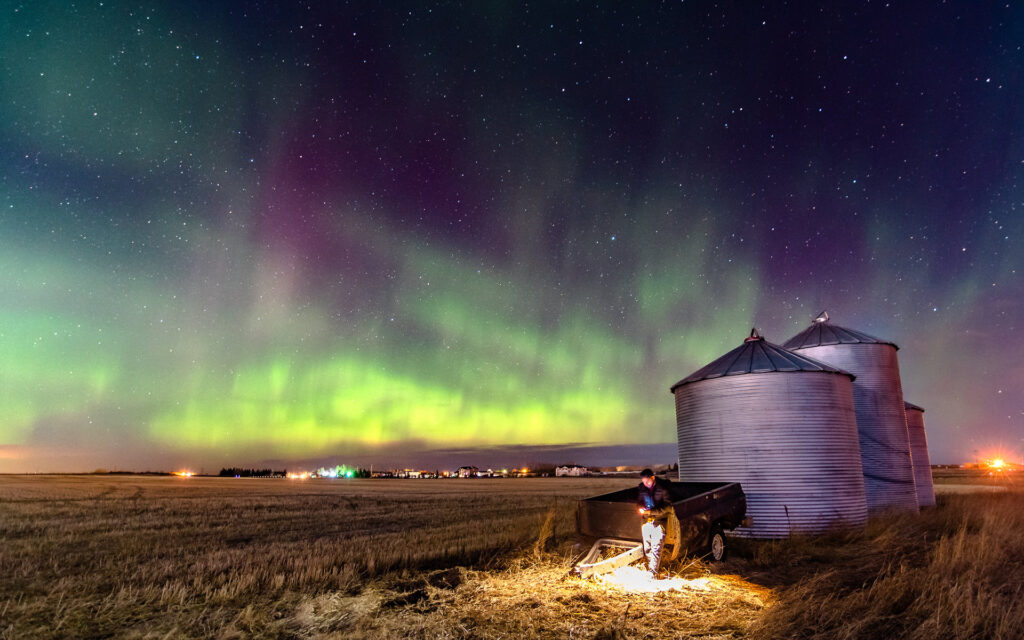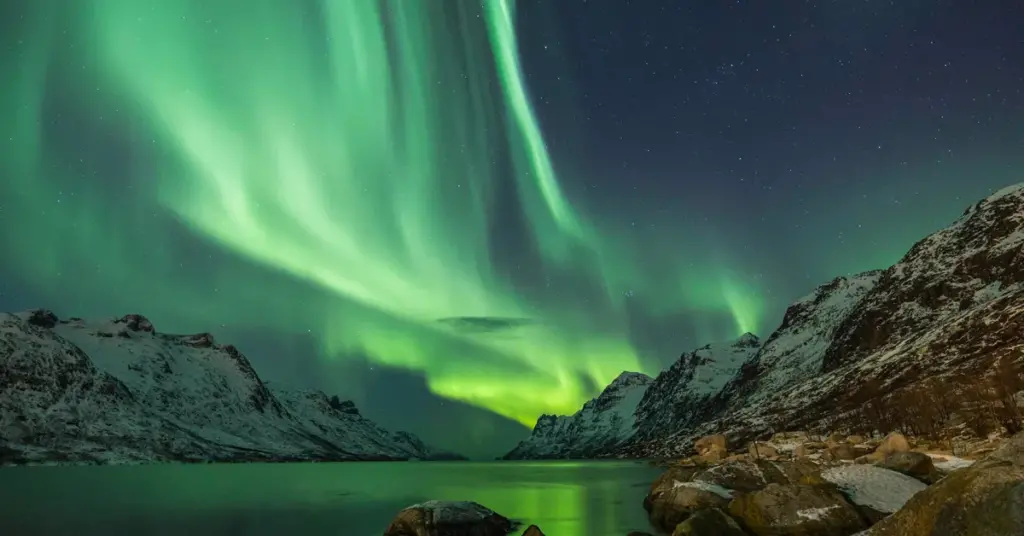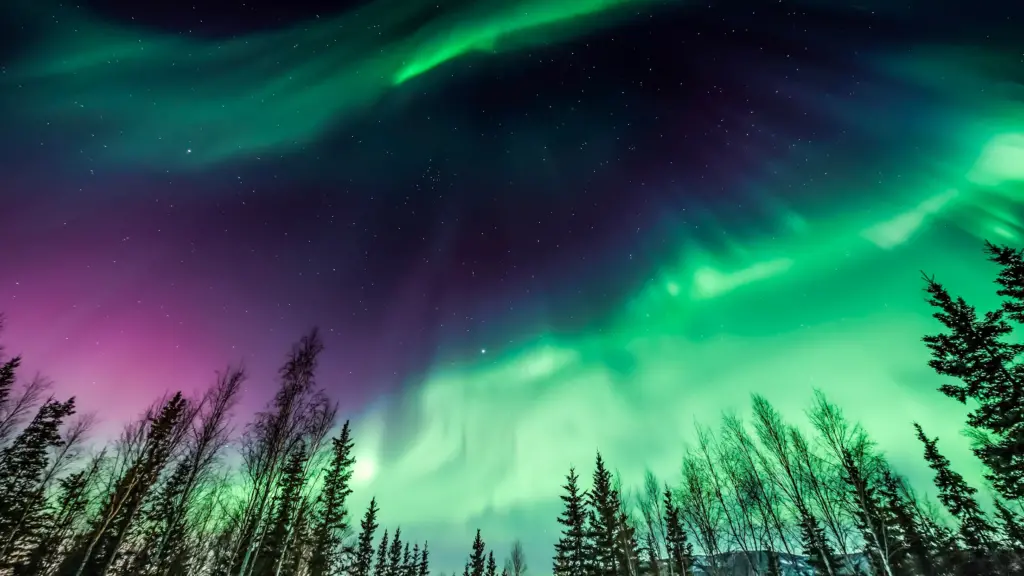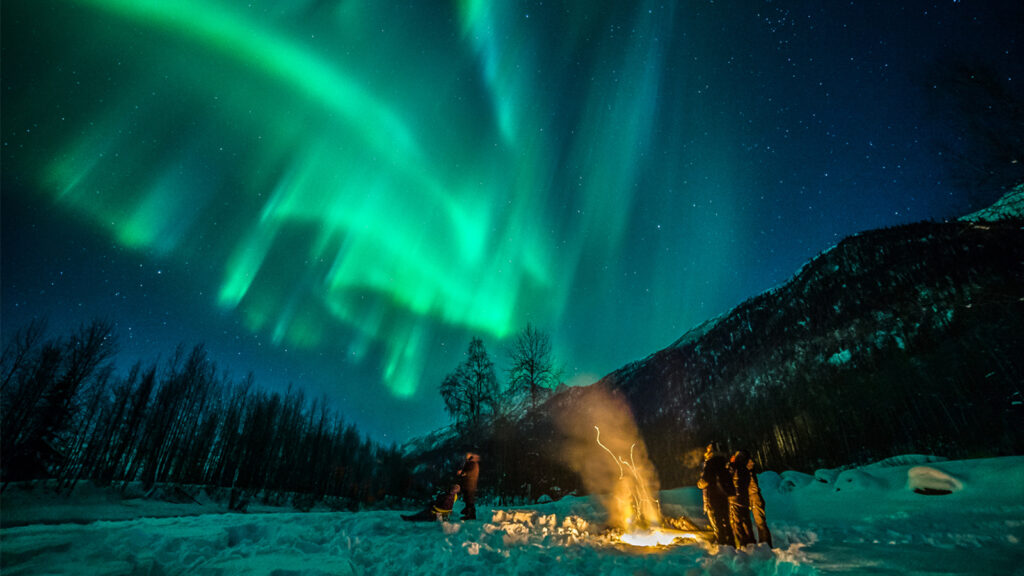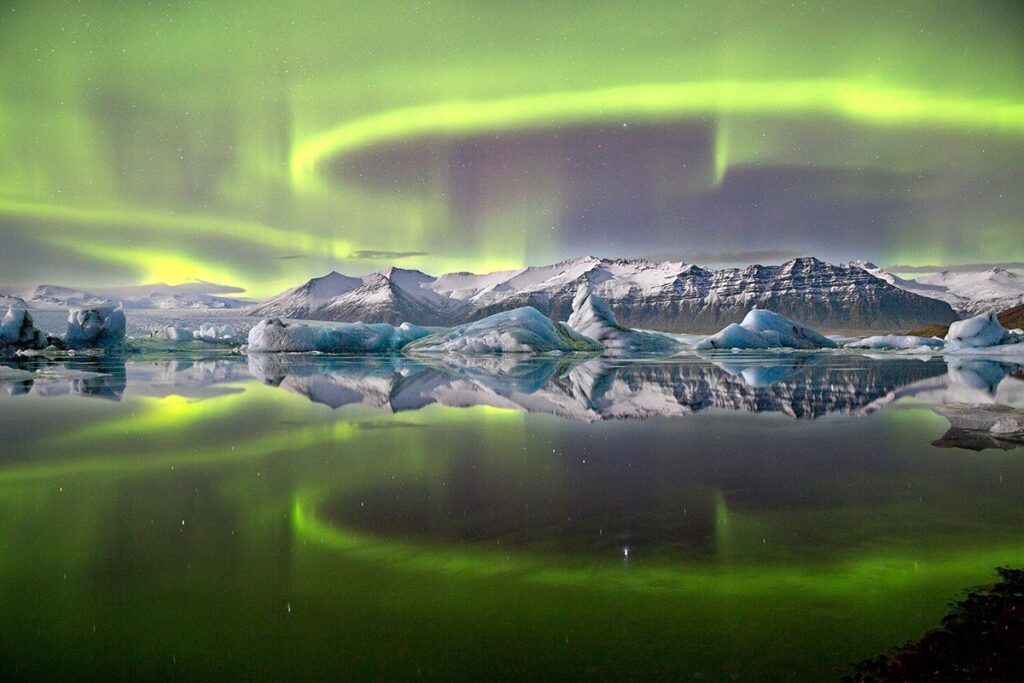Introduction
Vermont, with its picturesque landscapes, may not be the first place that comes to mind when thinking about the Northern Lights. However, this guide will unveil the potential locations and conditions where you can see Aurora Borealis in Vermont, the Green Mountain State.
Discovering Vermont’s Northern Lights
Beyond the rolling hills and charming towns, Vermont offers opportunities to witness the mesmerizing dance of the Northern Lights. Identifying the best locations becomes essential for capturing this celestial phenomenon in all its glory. While traditionally associated with polar regions, Vermont stands out as a unique destination for Northern Lights enthusiasts. This picturesque state offers a distinctive setting for witnessing the celestial dance.

Geographic Factors in Vermont
Situated at a favourable latitude, Vermont’s northern regions provide an ideal vantage point for Aurora Borealis viewing. Understanding the specific geographic factors at play enhances the chances of experiencing this cosmic phenomenon.
Best Times to Witness Aurora Borealis in Vermont
Timing is crucial for a successful Aurora Borealis expedition. In Vermont, the fall and winter months, from September to March, present the best opportunities for encountering the lights. Longer nights and clearer skies enhance the visibility of this ethereal display. Vermont’s diverse landscapes offer several prime locations for Aurora Borealis viewing. From the tranquil shores of Lake Willoughby to the elevated vistas of the Green Mountains, each spot provides a unique backdrop for the celestial display.
| ℹ️ Read More: | Where Can You See Aurora Borealis in Maine? |
Top 5 Potential Places Where You Can See Aurora Borealis in Vermont
Stowe
Nestled in the heart of the Green Mountains, Stowe offers dark skies and panoramic views, providing an ideal setting for potential Northern Lights sightings.
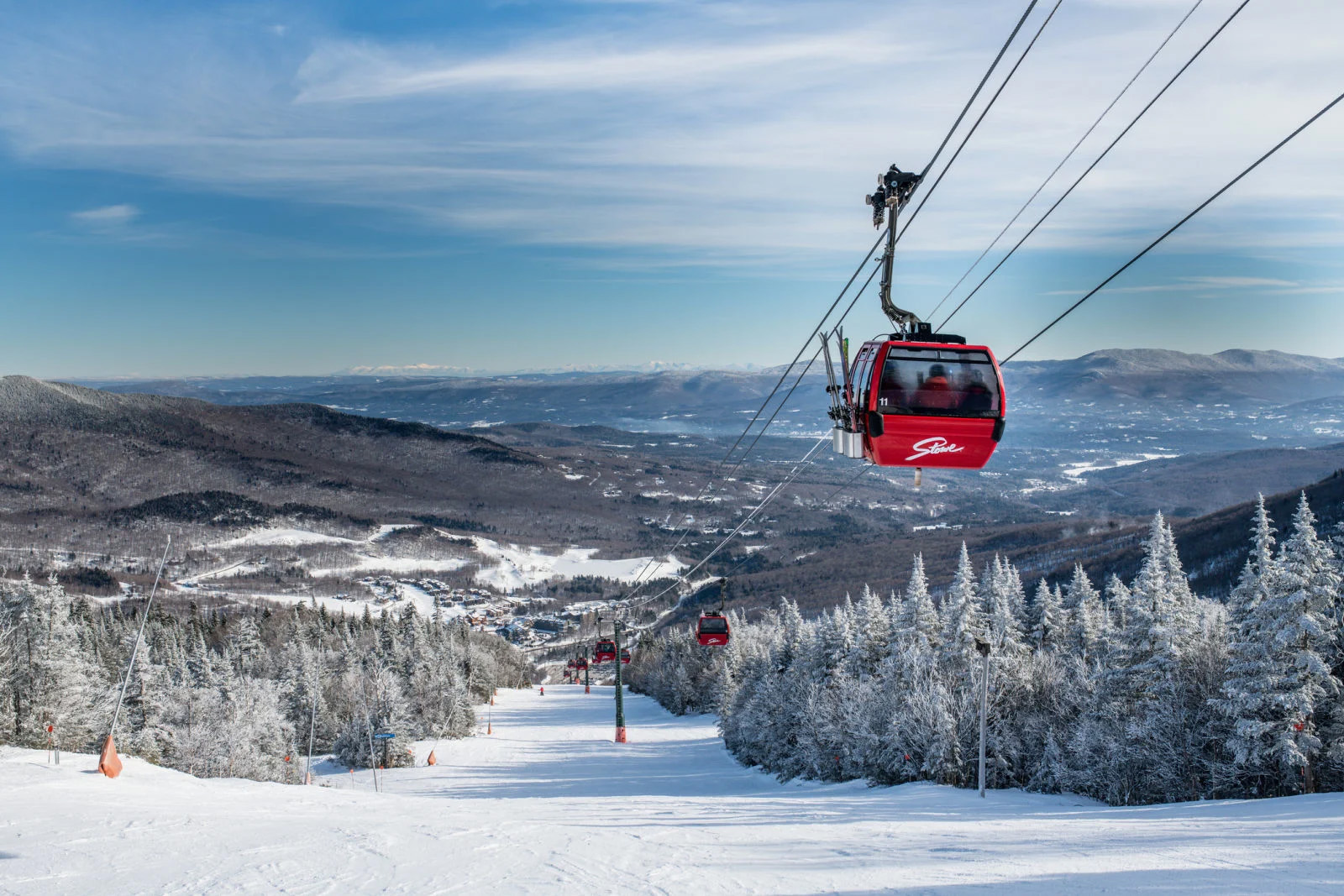
| ℹ️ View More |
| 🏡 Best Places to Stay in Stowe |
Lake Willoughby
Surrounded by mountains, Lake Willoughby provides a serene environment away from city lights, enhancing the chances of witnessing the vivid colours of the Aurora Borealis.

| ℹ️ View More |
| 🏡 Best Places to Stay in Lake Willoughby |
Camel’s Hump State Park
With its elevated vantage points, Camel’s Hump State Park offers clear horizons and minimal light pollution, creating optimal conditions for potential Northern Lights displays.
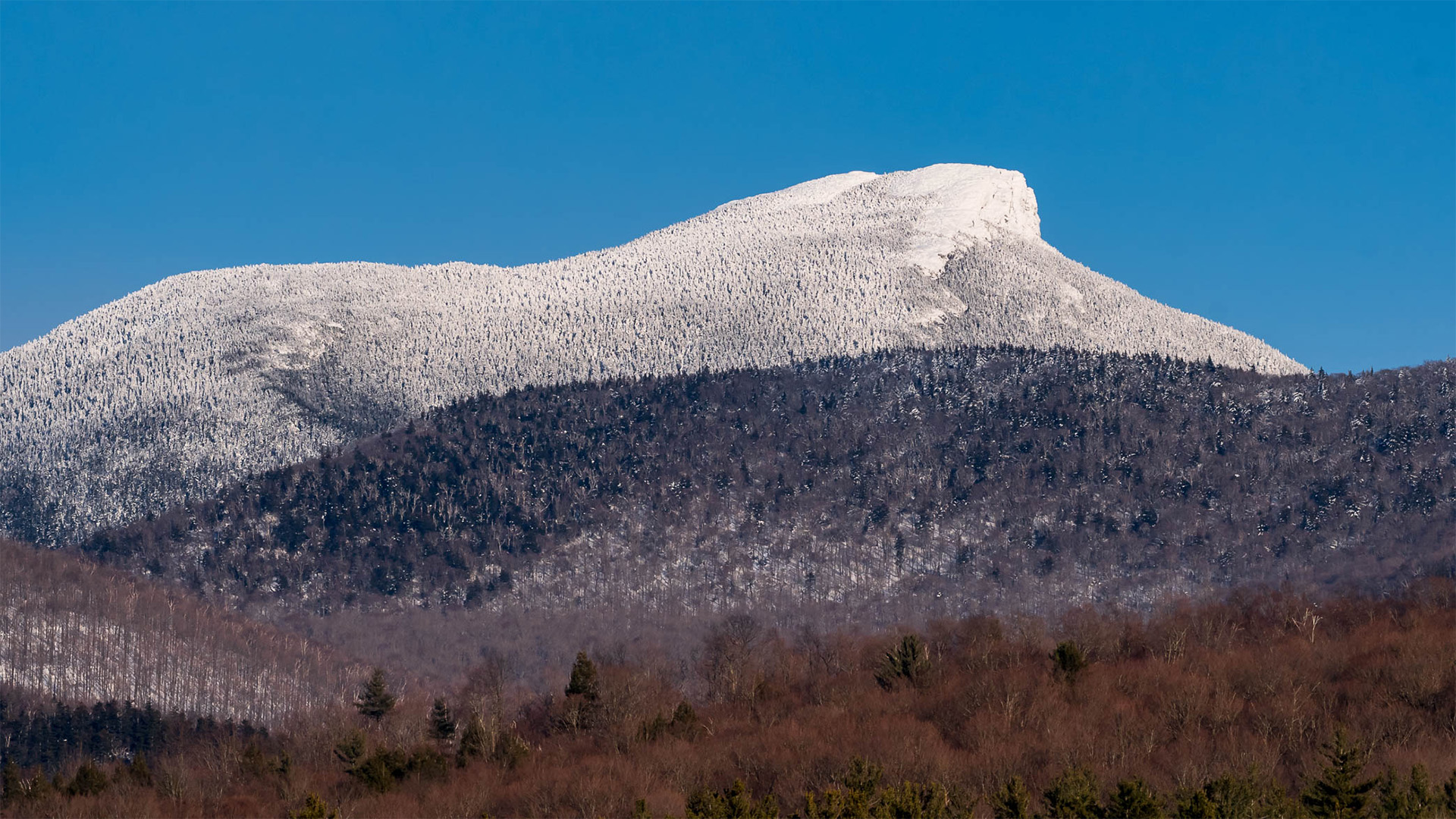
| ℹ️ View More |
| 🏡 Best Places to Stay in Camel’s Hump State Park |
Burke Mountain
Located in the Northeast Kingdom, Burke Mountain‘s secluded setting makes it an excellent vantage point for capturing the celestial display, particularly during geomagnetic storms.
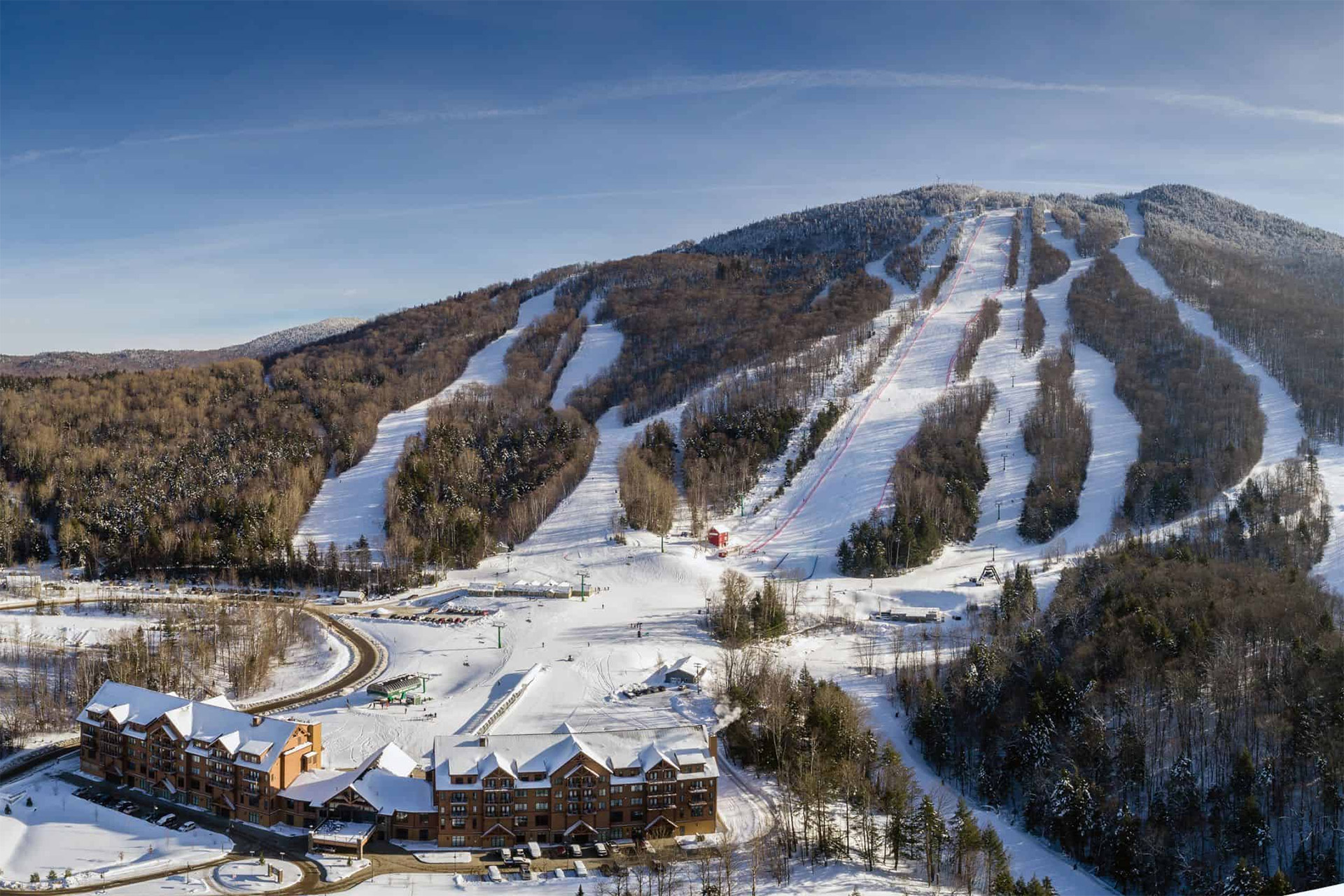
| ℹ️ View More |
| 🏡 Best Places to Stay Near Burke Mountain |
Quechee Gorge
The deep gorge and open skies of Quechee Gorge provide an inviting space for potential Northern Lights sightings, especially during periods of heightened solar activity.
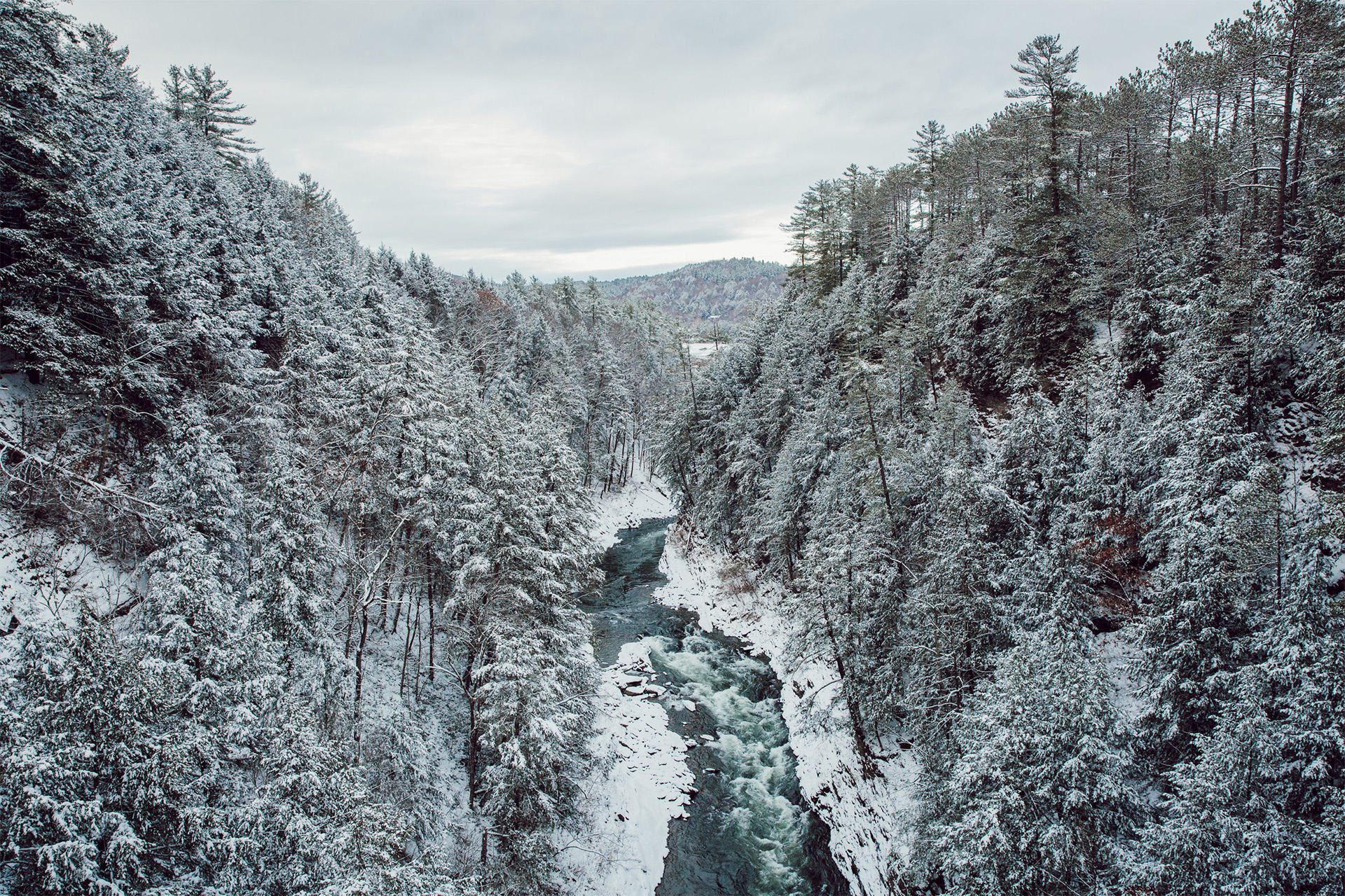
| ℹ️ View More |
| 🏡 Best Places to Stay in Quechee Gorge |
Factors Influencing Northern Lights Visibility in Vermont
Solar Activity and Vermont’s Night Skies
Monitoring solar activity becomes crucial for increased chances of witnessing the Northern Lights in Vermont. Solar maximum years, occurring approximately every 11 years, mark periods of heightened solar activity, creating optimal conditions for celestial displays.
Geographic Considerations
Vermont’s diverse geography, from mountains to lakeshores, offers a variety of potential locations for Northern Lights visibility. Choosing spots with minimal light pollution and clear horizons enhances the overall experience.
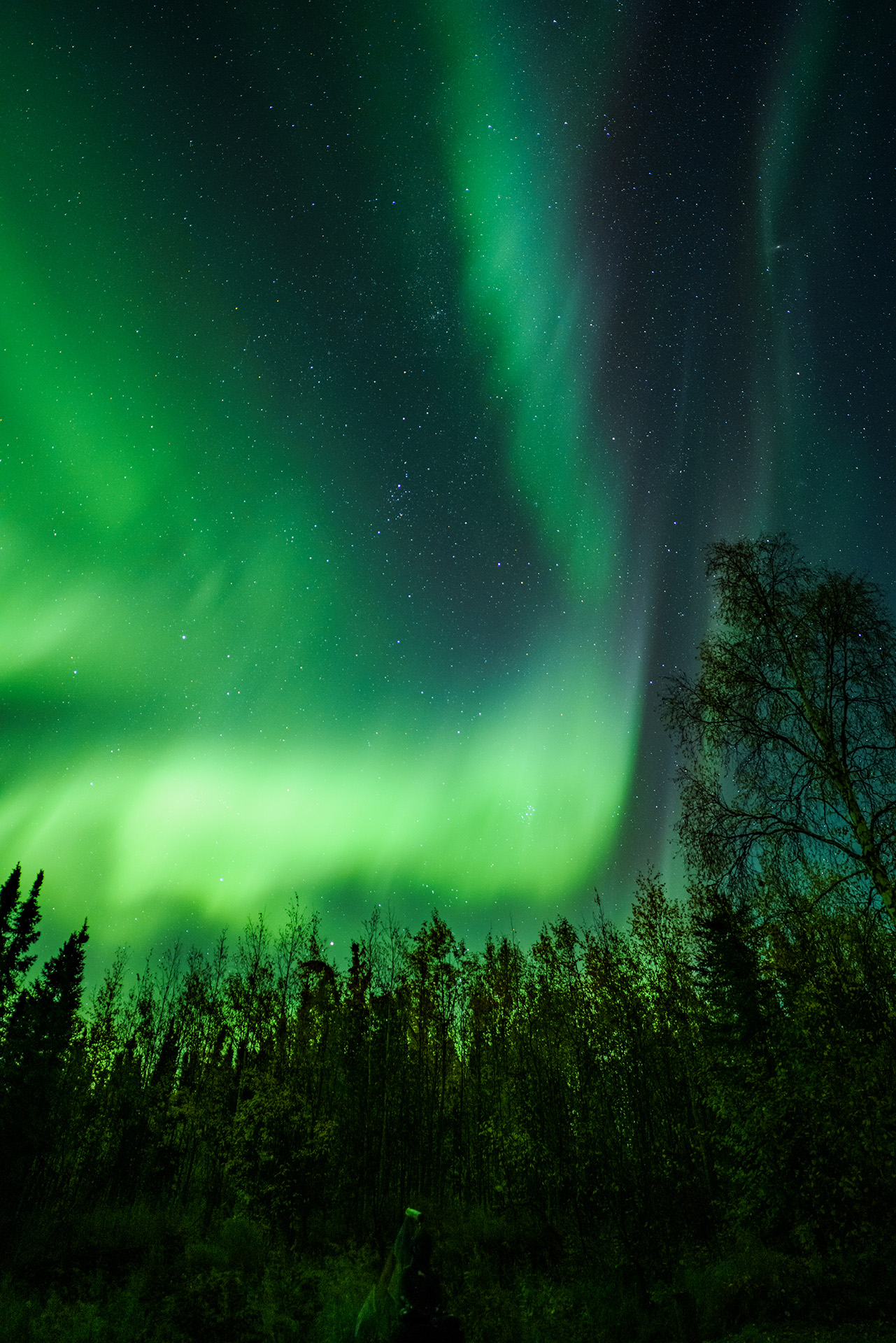
Conclusion
Vermont, with its natural beauty and rural charm, adds another layer of wonder with the Northern Lights. Explore recommended locations like Stowe, Lake Willoughby, Camel’s Hump State Park, Burke Mountain, and Quechee Gorge for an unforgettable experience of the Aurora Borealis against Vermont’s serene night sky.
| ℹ️ Read More: | Where Can You See Aurora Borealis in Maine? |

Frequently Asked Questions: Where Can You See Aurora Borealis in Vermont?
Q: Can you see the Northern Lights in Vermont?
A: Yes, it is possible to see the Northern Lights in Vermont, particularly in dark and remote locations away from city lights.
Q: When is the best time to see the Northern Lights in Vermont?
A: The prime time for potential Northern Lights sightings in Vermont is during the winter months, with increased activity during solar maximum years.
Q: Where are the best places in Vermont for Northern Lights viewing?
A: Stowe, Lake Willoughby, Camel’s Hump State Park, Burke Mountain, and Quechee Gorge are top spots offering potential Aurora Borealis sightings.
Q: Why is Vermont suitable for Northern Lights viewing?
A: Vermont’s diverse landscapes and rural areas provide optimal conditions for experiencing the Northern Lights away from light pollution.
Q: How does solar activity impact the visibility of the Northern Lights in Vermont?
A: Increased solar activity, especially during solar maximum years, enhances the chances of witnessing vibrant Aurora Borealis displays in Vermont.

